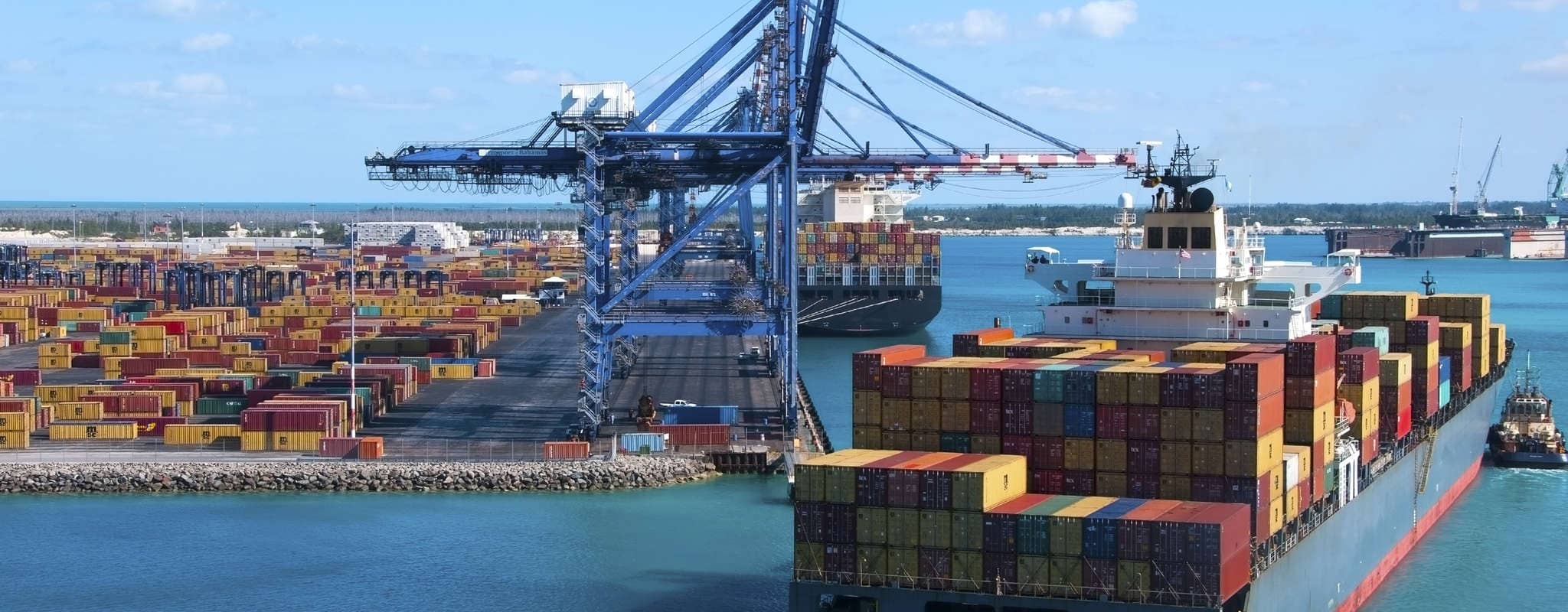What is a Bill of Lading?


A bill of lading is a report issued by a transporter (or their operator) to recognize receipt of load for shipment. In spite of the fact that the term generally related distinctly to carriage via ocean, a bill of filling may today be utilized for a carriage of goods.
Bills of lading are one of three pivotal archives utilized in universal exchange to guarantee that exporters get installment and shippers get the merchandise. The other two reports are a strategy of protection and an invoice. Whereas a bill of replenishing is debatable, both an approach and a receipt are assignable.
While there is proof of the presence of receipts for products stacked on board vendor vessels extending back similarly as Roman times, and the act of chronicle freight on board transport in the ship's log is nearly as seemingly perpetual as transportation itself, the advanced bill of replenishing just came into utilization with the development of worldwide exchange the medieval world.
The bill of lading is an expected report to move a cargo shipment. The bill of replenishing (BOL) fills in as a receipt of cargo benefits, an agreement between a cargo transporter and shipper and an archive of title. The bill of filling is a lawfully restricting report giving the driver and the bearer every one of the subtleties expected to process the cargo shipment and receipt it accurately.
The bill of filling is a lawfully restricting report that furnishes the bearer and shipper with the majority of the vital subtleties to precisely process a shipment. It has three principle capacities. To start with, it is an archive of title to the merchandise portrayed in the bill of filling. Besides, it is a receipt for the delivered items. At long last, the bill of filling speaks to the concurred terms and conditions for the transportation of the products.
Each business needs to have inward controls set up to forestall robbery. One key segment of interior control is isolation of obligations, which keeps one representative from including an excessive amount of control inside a business.
No two inside controls frameworks are the equivalent. Be that as it may, most adhere to a standard arrangement of center ways of thinking and have turned out to be standard administration practice. The implementation of inner controls can help streamline activities and avert misrepresentation.

